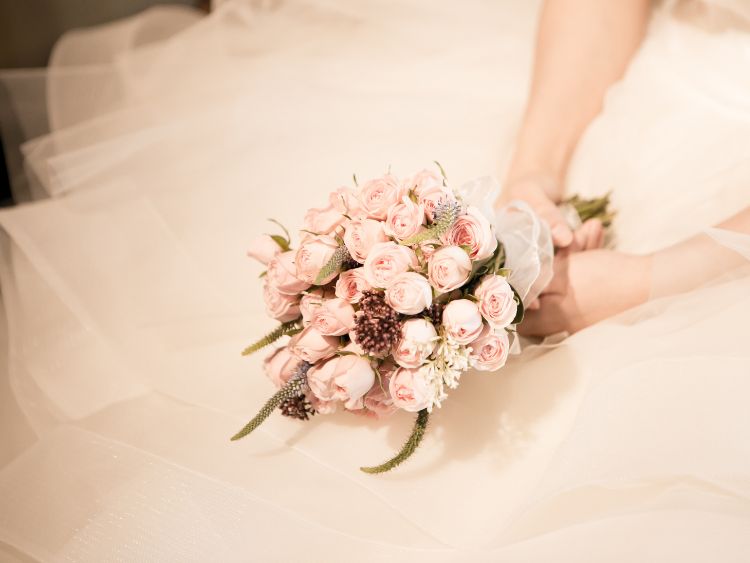Black Tie Dress Code: A Comprehensive Guide to Elegance
When it comes to formal events, the term “black tie dress code” instantly conjures images of elegance, sophistication, and timeless style. But what exactly does this dress code entail? Whether you’re gearing up for a gala, a wedding, or a high-profile event, understanding the nuances of black tie attire is essential. In this guide, we’ll delve into the history, key elements, and modern interpretations of the black tie dress code, ensuring you’re perfectly dressed for any occasion that demands this level of formality.
The Origin of the Black Tie Dress Code
To truly appreciate the black tie dress code, it’s important to understand its origins. The black tie dress code, also known as a tuxedo or dinner jacket ensemble, emerged in the late 19th century. It was a more relaxed alternative to the white tie dress code, which was, and still is, the epitome of formality. The black tie attire was initially worn for semi-formal evening events, a trend that has continued to the present day.
Key Elements of the Black Tie Dress Code
So, what exactly should you wear to a black tie event? Here’s a breakdown of the essential components:
1. The Tuxedo Jacket:
- Color: Traditionally, the tuxedo jacket is black or midnight blue, with a satin or grosgrain lapel. These materials offer a subtle contrast to the wool of the jacket, adding a touch of sophistication.
- Fit: A well-tailored jacket is crucial. It should fit snugly at the shoulders and chest, with the sleeves ending just above the wrist, allowing a bit of the shirt cuff to peek through.
- Style: The classic single-breasted jacket with a shawl collar or peak lapel is a safe choice. However, double-breasted options are also acceptable for those looking to make a bolder statement.
2. The Trousers:
- Design: Black tie trousers typically match the jacket in color and material. They should have a satin or grosgrain stripe running down the outside of each leg, which aligns with the lapel of the jacket.
- Fit: The trousers should sit high on the waist and have a straight leg. Avoid overly slim or baggy fits to maintain the classic silhouette.
3. The Dress Shirt:
- Color: White is the only acceptable color for a black tie dress shirt. The shirt should have a pleated or bib front and be made from a fine material like cotton or silk.
- Collar: A wingtip or turndown collar is standard for black tie attire. The wingtip collar is more formal, while the turndown offers a slightly more relaxed vibe.
- Cuffs: French cuffs, fastened with cufflinks, are a must. This small detail adds a touch of elegance and personal style.
4. The Bow Tie:
- Color and Material: The bow tie should be black and made from silk or a similar luxurious fabric. It’s essential to ensure the bow tie is self-tied rather than pre-tied to maintain authenticity.
- Knotting: While tying a bow tie may seem daunting, it’s a skill worth mastering. A slightly imperfect knot adds a touch of individuality to your ensemble.
5. Footwear:
- Style: Patent leather Oxford shoes are the traditional choice for black tie events. Alternatively, you can opt for highly polished black leather shoes.
- Socks: Keep it simple with black, mid-calf socks. They should be thin and made from silk or a fine blend to match the formality of the outfit.
6. Accessories:
- Cummerbund or Waistcoat: A cummerbund or a low-cut waistcoat in black is an optional yet classic addition to the black tie ensemble. It should match the material of your bow tie and lapels.
- Pocket Square: A white silk pocket square folded neatly in the breast pocket adds a final touch of class.
- Cufflinks and Studs: These should be understated yet elegant, typically in silver or gold, with black onyx or mother-of-pearl detailing.
Modern Interpretations of the Black Tie Dress Code
While the traditional black tie dress code remains largely unchanged, modern fashion has introduced some variations that are acceptable depending on the event:
1. Color Variations:
- Midnight blue tuxedos have become increasingly popular as an alternative to black, offering a subtle yet sophisticated twist on the classic look.
- Velvet jackets in deep shades like burgundy or forest green are sometimes seen at more fashion-forward events, though these should be approached with caution and an understanding of the event’s formality.
2. Creative Bow Ties:
- While the black silk bow tie is the gold standard, some may opt for a subtle pattern or texture to add a personal flair. Just remember, the key is subtlety—nothing too flashy.
3. Shoes with a Twist:
- In certain circles, you might see men sporting velvet loafers or even well-polished leather boots instead of the classic Oxfords. This can add a modern touch while still respecting the dress code.
Navigating Black Tie Events: Etiquette and Tips
Understanding the black tie dress code is one thing, but navigating a black tie event with grace is another. Here are a few tips to help you carry yourself with confidence:
1. Arrive on Time:
- Black tie events are often formal occasions, and arriving fashionably late isn’t as acceptable as it might be for less formal gatherings. Aim to arrive within 10-15 minutes of the stated start time.
2. Mind Your Manners:
- Brush up on basic etiquette. For example, remember to offer a firm handshake, maintain eye contact, and engage in polite conversation.
3. Socializing:
- Black tie events often involve networking. Don’t hesitate to introduce yourself to others, but do so with confidence and respect.
4. Dining Etiquette:
- If the event includes a sit-down dinner, familiarize yourself with basic dining etiquette, such as which fork to use and how to properly engage in dinner conversation.
5. Respect the Dress Code:
- Even if the event is a bit more relaxed, it’s crucial to adhere to the black tie dress code. Under-dressing is far worse than slightly overdressing.
Black Tie Dress Code for Women
While the black tie dress code is often associated with men, women also have specific guidelines to follow. Here’s what’s typically expected:
1. Evening Gown:
- Women are expected to wear a floor-length evening gown. While black is a safe and classic choice, other deep, rich colors like navy, burgundy, or emerald green are also appropriate.
- The gown should be elegant but not too revealing. Consider necklines and cuts that are sophisticated and classy.
2. Footwear:
- High heels are the standard, though the height can vary depending on comfort. The shoes should complement the gown in color and style.
3. Jewelry and Accessories:
- Jewelry should be elegant but not overpowering. Diamonds or pearls are always a good choice.
- A clutch purse in a neutral color is a practical and stylish accessory.
4. Hair and Makeup:
- Hair should be styled in a way that complements the gown, whether it’s an elegant updo or sleek waves.
- Makeup should be polished and refined, with a focus on enhancing your natural beauty.
FAQs about the Black Tie Dress Code
Q1: Can I wear a black suit instead of a tuxedo to a black tie event?
A: While a black suit might be acceptable in certain situations, it’s not a true black tie attire. A tuxedo is the preferred choice to adhere to the traditional dress code.
Q2: Are there any exceptions to wearing a bow tie?
A: The bow tie is a staple of the black tie dress code. While some modern interpretations may allow for a slim black tie, it’s best to stick with a bow tie to avoid any fashion faux pas.
Q3: Can women wear a cocktail dress to a black tie event?
A: While a cocktail dress might be suitable for some less formal events, a black tie occasion generally calls for a full-length evening gown.
Q4: Is it ever appropriate to wear a non-black tuxedo?
A: Midnight blue is an acceptable alternative to black. Other colors or styles should be approached with caution and a deep understanding of the event’s level of formality.
Q5: How should I handle a situation where I’m unsure of the dress code?
A: When in doubt, it’s always better to err on the side of formality. You can also reach out to the event organizer for clarification.
Conclusion
The black tie dress code represents the pinnacle of evening elegance. Whether you’re a seasoned pro or new to formal events, understanding the intricacies of this dress code will ensure you make the right impression. Remember, the key to pulling off a black tie look is confidence. Wear your tuxedo or evening gown with pride, and you’ll be sure to turn heads for all the right reasons.







